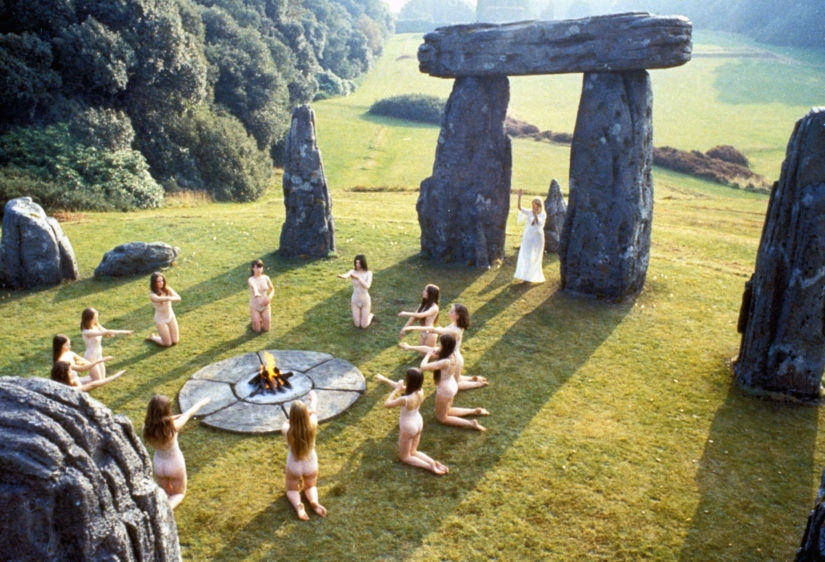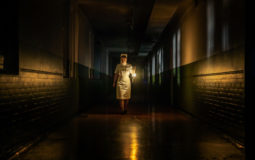The Wicker Man

Image © 1974 – CANAL+ IMAGE UK. Tous droits réservés
It is hard to overestimate the importance and influence of Robin Hardy’s film The Wicker Man. Despite precedents like Eye of the Devil (1966) and Robin Redbreast (1970), Anthony Schaffer’s loose adaptation of David Pinner’s novel Ritual retained a sliver of the novel’s mordant humor in creating this lasting ‘cult’ classic. Abandoning the novel outside of its most basic premise, The Wicker Man sets its story on the remote Hebridean island of Summerisle—so realistically rendered that many viewers believed it to be a real place—to which virginal Police Sergeant Howie is summoned with a mysterious letter urging him to investigate the disappearance of a local girl. On arrival, the vehemently Christian policeman is placed at odds with the denizens of Summerisle who practice transgressive rites held over from centuries past. Most infuriatingly, they mock his authority and laugh off his accusations. Like many folk horror films, there is an epic test of faith, a clash between equally venerated belief systems, and who is right or wrong remains ambiguous. This ambiguity is often the magic ingredient of folk horror and nowhere do we feel the genre’s appetite for polarity more than in The Wicker Man.
Hardy, Robin (* 1929, † 2016) began his directorial career in television drama in America. Returning to his native London in the 1960s, he made commercials and informational films. His business partnership with writer Anthony Shaffer resulted in his feature debut, the 1973 horror classic The Wicker Man. He would follow it up almost forty years later with a companion piece, the 2011 film The Wicker Tree, and revisited some of its themes with the script for Forbidden Sun (1989, d. Zelda Barron). Hardy was also the author of several historical novels.



